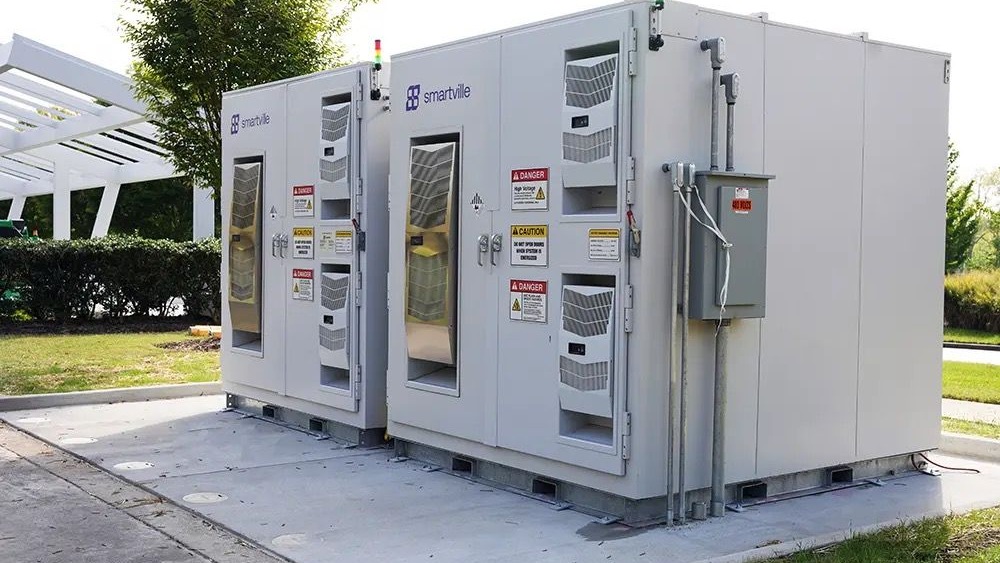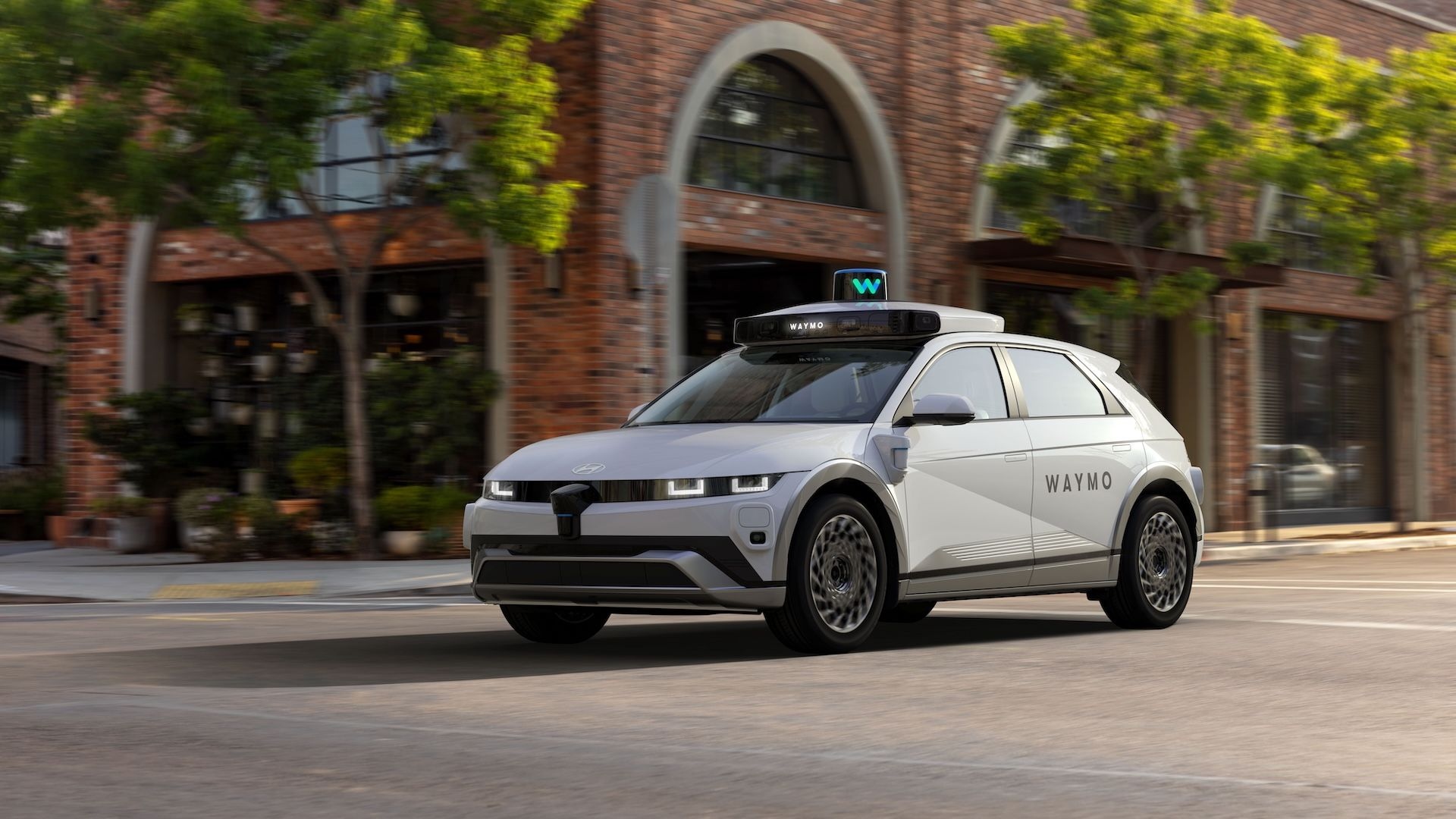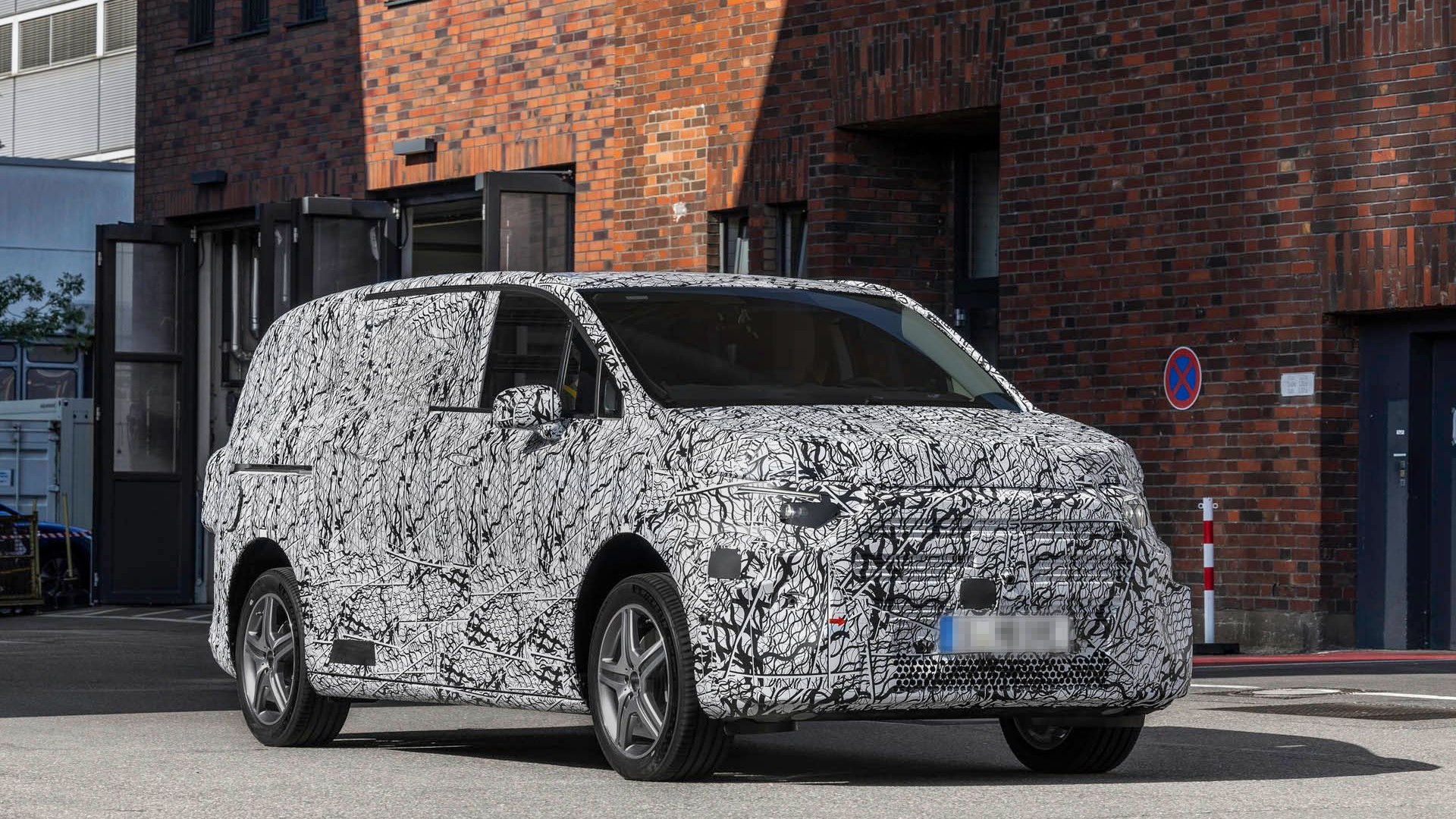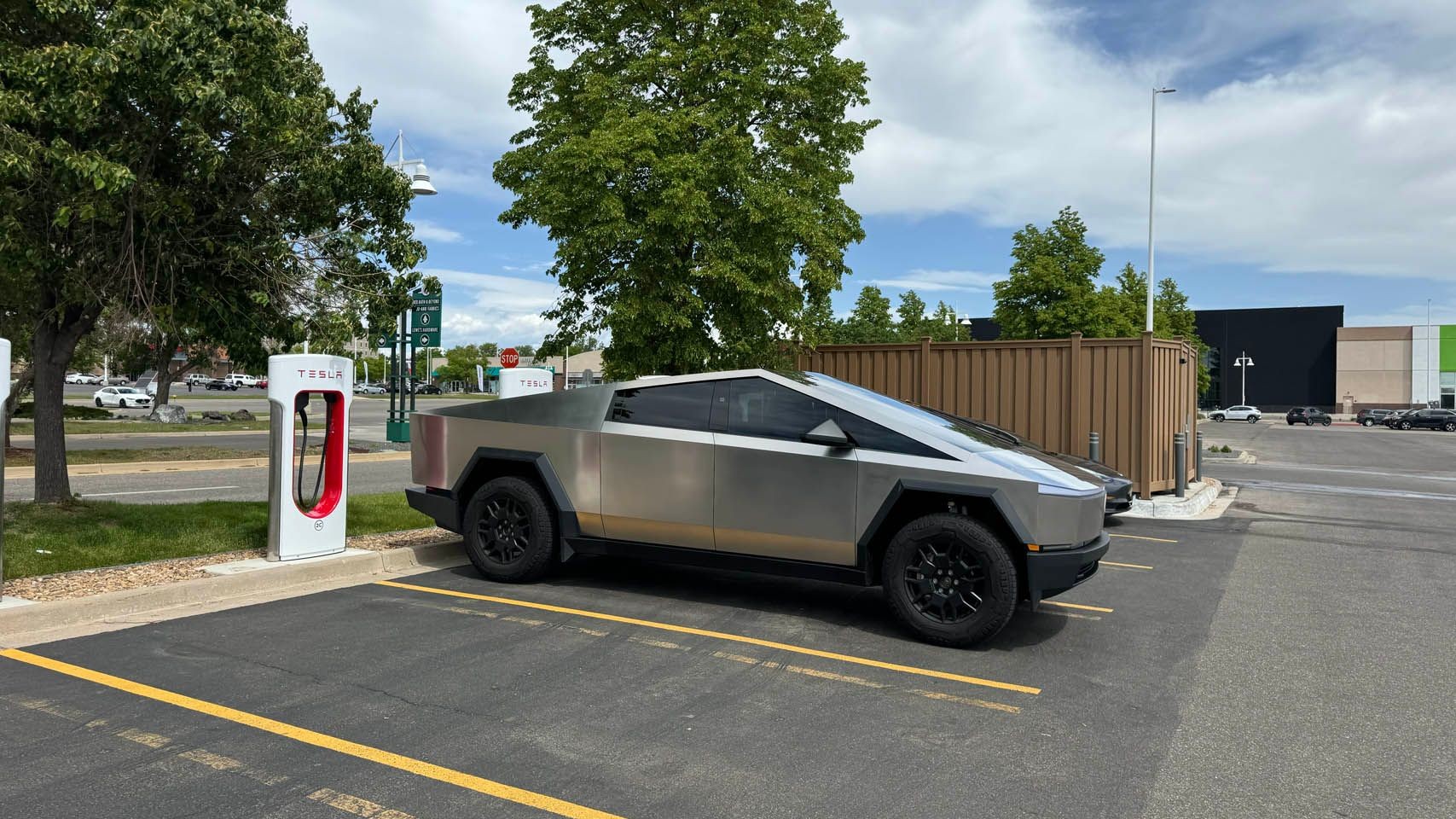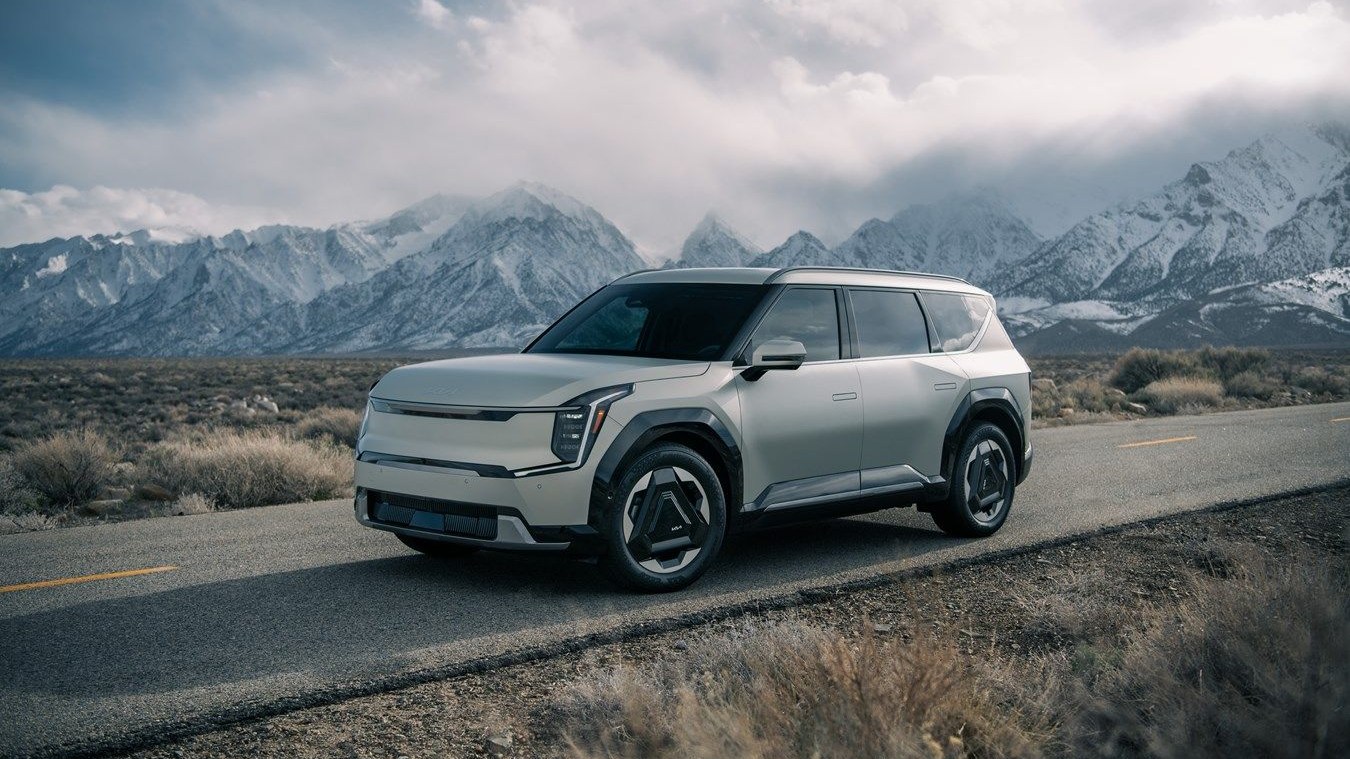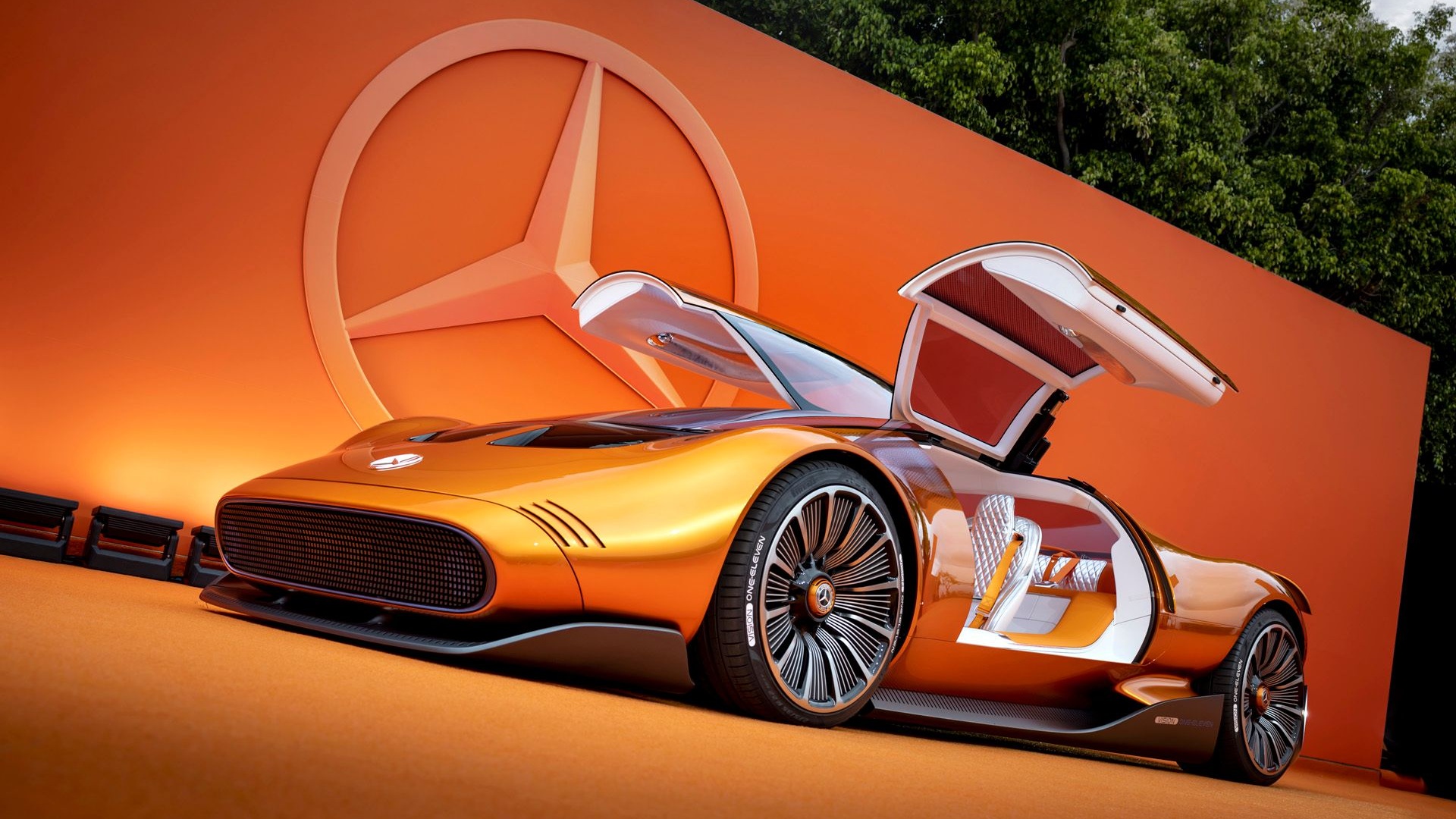- Nissan plans to bring its e-4orce AWD tech into Formula E
- Formula E may in turn become a testbed for performance AWD
- Battery tech will stay divergent between production and racing
Nissan’s Formula E race car is wearing the e-4orce badge for the first time this 2023-2024 season.
Yes, that’s the same badge you might find on a 2024 Nissan Ariya—a badge that you’re likely to see much more of on performance-focused Nissan EVs in the future.
While Nissan’s street cars and race cars have little in common today, Nissan sees them potentially meshing more in the future—and learning from each other, as Green Car Reports learned in a conversation with Nissan Formula E team principal Tomasso Volpe at last weekend’s Formula E race in Portland.
Volpe likened his job to being the CEO of a company while also implementing all the supporting operations. And he actually sees Nissan’s Formula E and production Nissan EV programs getting closer together.
This top-level view may not be so surprising considering his employer stands in stark contrast to a line of naysayers who’ve dropped out of Formula E, like BMW, Audi, and Mercedes. Nissan this spring became the first manufacturer to sign up for Formula E’s Gen 4 era, which will run through 2030.
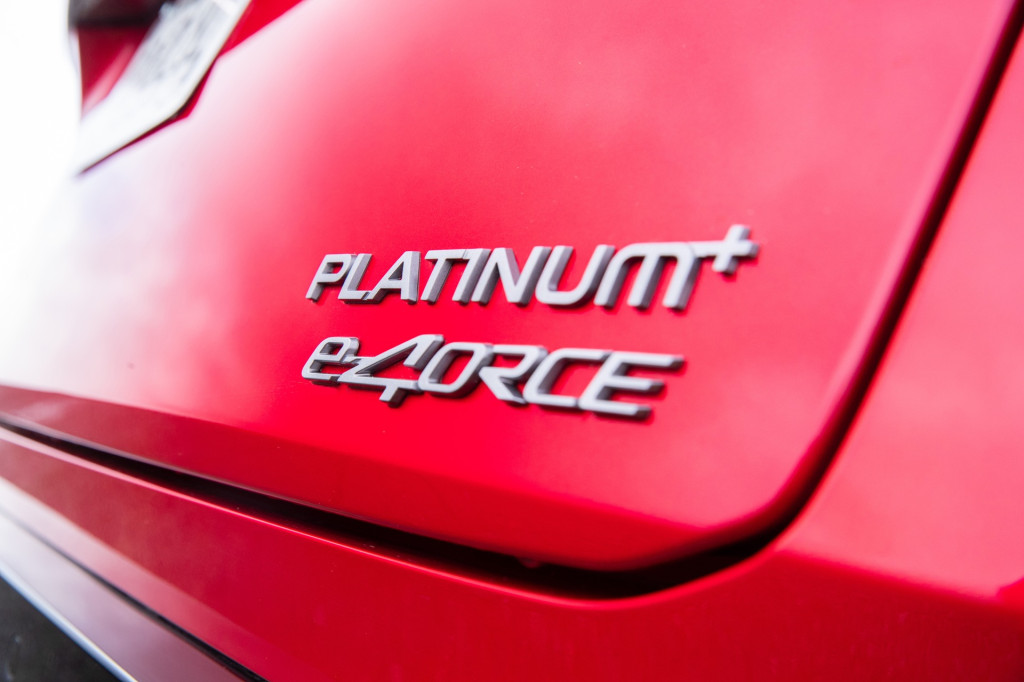
2023 Nissan Ariya e-4orce

2023 Nissan Ariya e-4orce
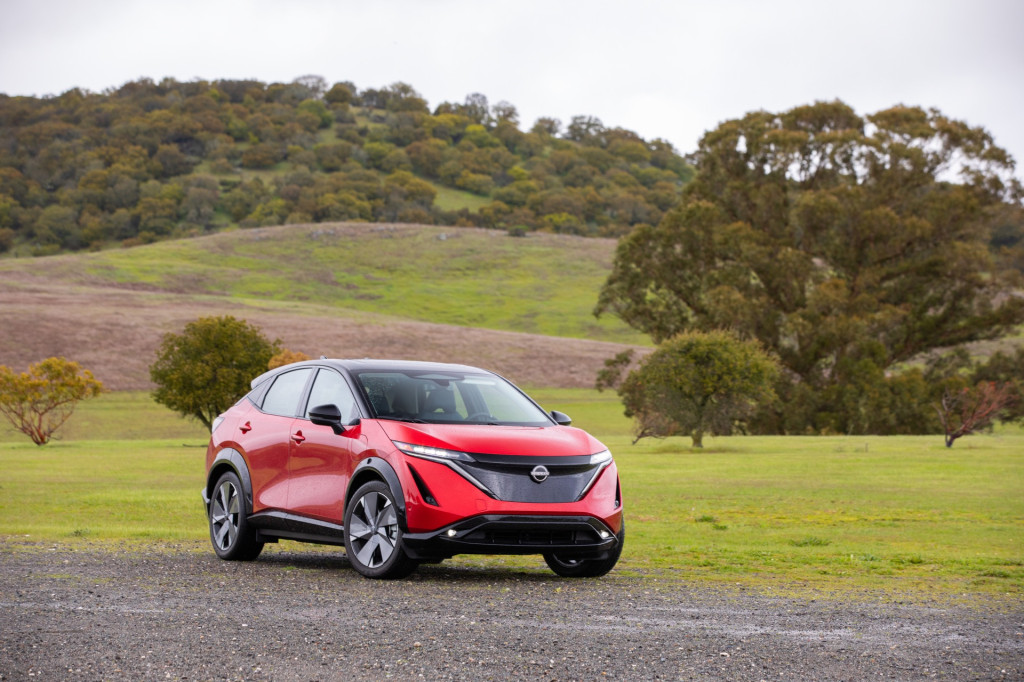
2023 Nissan Ariya e-4orce
Efficiency and regen are at the core
Everything changed already from Gen 2 into Gen 3, as the cars became lighter, faster, and much more powerful, with up to 600 kw of brake recuperation thanks to the inclusion of new front motors—already used for that, but due to be employed for forward motion in a Gen 3.5 upgrade next season.
Volpe told Green Car Reports that first and foremost, what the team has already learned in more than a season of the Gen 3 car, ahead of those changes, is how to manage vehicle dynamics and energy use and recovery together. With regenerative braking, and a strategy around it, built into the race, if you were not regenerating at all, you would finish around 60% of the total race length.
“Where we have improved a lot is in the management of the vehicle efficiency—what you can achieve with all the software tools that you develop, and the control systems for the vehicle dynamics,” said Volpe. “Configuring the dynamics has improved a lot. It’s not that we’ve found more energy, it’s that we use energy much better.”
“Yes, we put e-4orce on the car already this year to start promoting it, to be honest; it’s a branding exercise,” Volpe admitted. But he quickly added: “Next year there will be moments where you can use all-wheel-drive technology in the car, and for that, yes, we are using some expertise from Nissan."

Nissan Formula E car, at Portland, 2024
Ariya e-4orce schools Formula E…which schools future GT-R?
“So we have some of the engineers who have developed e-4orce to advise us how to use all-wheel drive in the most efficient way…how to maximize the efficiency of the all-wheel drive,” he explained.
For now, Formula E cars don’t even use the front motor for tractive (forward) power yet. But they do use it for regenerative braking—and Nissan is already able to tap into some of its chassis know-how in that respect.
Nissan has emphasized that e-4orce was derived from work that started with its GT-R supercar. Likewise, senior VP and chief planning officer Ponz Pandikuthira confirmed to our companion site Motor Authority that Formula E will serve as a testbed for next-gen GT-R development.
Next year will bring some control strategies gleaned from the dynamic control of regenerative braking, used in Nissan production models like the Ariya employing e-4orce. Hardware-wise, a new gearbox will be “massively improved, thanks to some ideas and solutions suggested by advanced R&D in Japan,” and that will bring the team another boost in performance and efficiency.
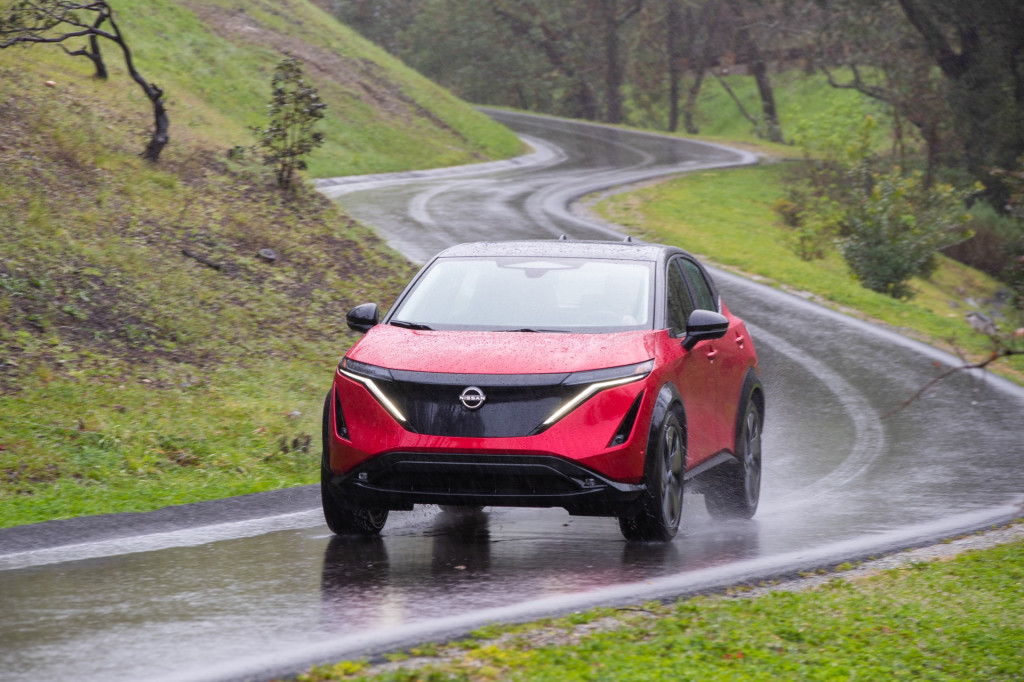
2023 Nissan Ariya e-4orce
And then comes Gen 4, which is expected to introduce constant all-wheel drive, whereas Gen 3.5 will offer traction from the front wheels some of the time. “So for us we can apply e-4orce for all of the race then, and for us all-wheel drive is a fundamental technology for electric vehicles,” said Volpe.
Chassis control and dynamics as it relates to that are part of Nissan’s core business, he says, so having an all-wheel-drive vehicle will give Nissan the opportunity to transfer a lot more knowledge both ways.
Real-world crossover for Formula E
While this sounds like a quite harmonious meshing of racing, R&D, and EV development—one that Porsche, for instance, also sees—that’s not the way that several other big automakers have gone. Audi, BMW, and Mercedes were among the automakers exiting Formula E just before the current Gen 3 arrived for the 2022-2023 season.
Each of these automakers had a range of reasons, but at one point or another, each has ultimately suggested that there was a relatively low level of technology transfer back to production vehicles. After seven years in Formula E, BMW sounded the most pessimistic on the prospects when it announced it would be dropping out after the 2020-2021 season. “When it comes to the development of e-drivetrains, BMW Group has essentially exhausted the opportunities for this form of technology transfer in the competitive environment of Formula E,” the company said.
Audi confirmed its departure a short time later, in 2021, and pointed to other types of motorsport, like the Dakar Rally, as a way to “further develop our expertise in the field of electric mobility under extreme conditions,” and Mercedes merely noted that the decision was made to refocus resources on EV development.
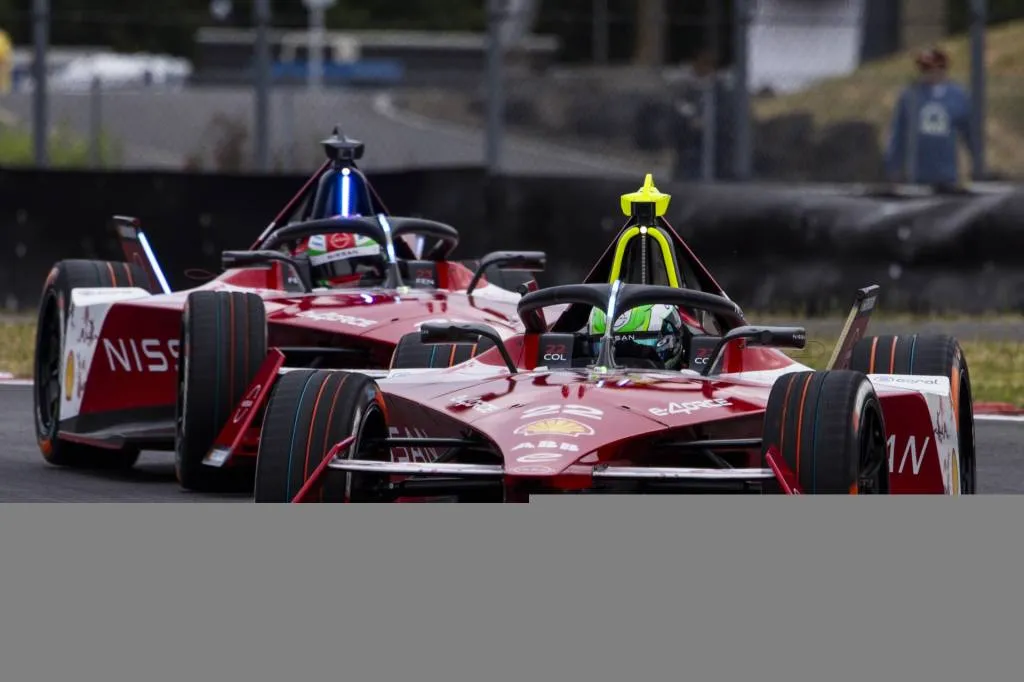
Nissan Formula E car, at Portland, 2024
Battery tech has to be very different
Not every technology here is relevant to production EVs—even performance ones—the team boss admits. The battery is the obvious example, because it’s such a different use case. Getting through the race without a component failure is the objective, not getting the battery pack to last 150,000 miles or more as in a production EV.
Although even here there may be some lessons good for taking to EVs set to claim track time. “The main issue that we have with the battery is the temperature, and to try to get the battery always in the right window to make sure we use most of the energy in the most efficient way. This is the main challenge when it comes to the battery more than anything else; the rest is quite consistent in the BMS.”
Formula E teams operate under a different set of priorities. They can run the battery all the way up to 73.5 degrees C and still be reasonably efficient in extracting energy from it, but they’d better be sure the temp won’t keep rising, because at 74 degrees it’s dead and won’t be revived for the race. With around 55 degrees on up considered the ideal range for the battery, the teams and Formula E itself come up with a strategy on where to start—specifically, 42-45 degrees for last Saturday’s race that the pit crew was then preparing for.
Volpe noted that sometimes within Formula E races you see cars with a higher percentage of energy left at the end of the race, while they hadn’t actually been pushing so much to recover positions in the last few laps. That’s a signal the battery temperature wasn’t managed well.
On the other hand, engineering insights from the inverter, gearbox, and motor can all be useful for production models. So can insights from advanced materials like carbon fiber.
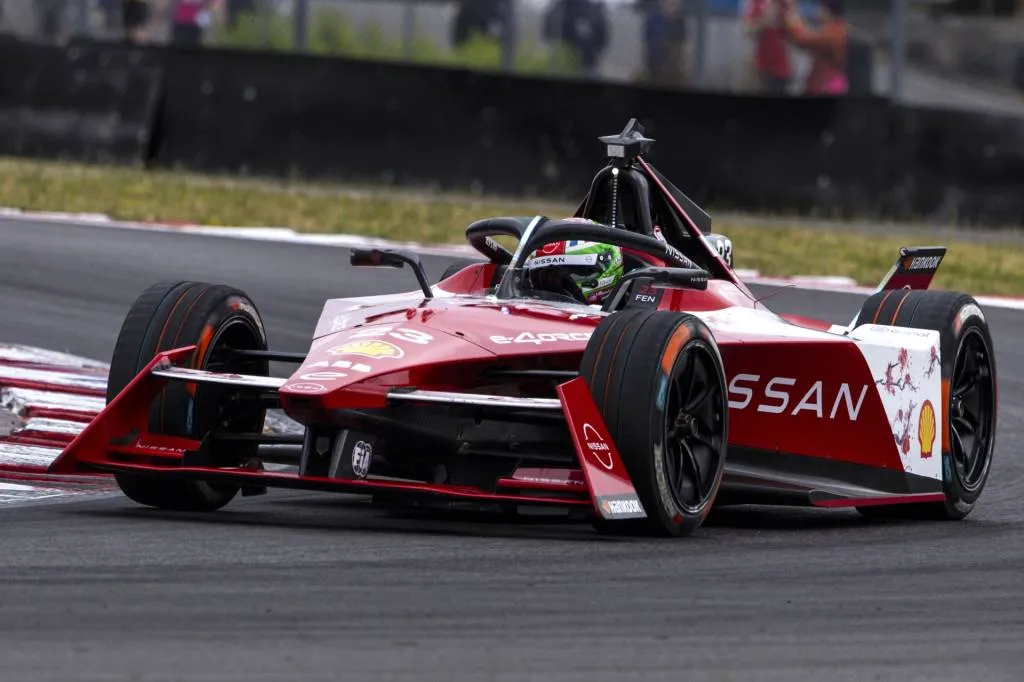
Nissan Formula E car, at Portland, 2024
Formula E leaning on software for gains, drivers for wins
This year, the big efficiency gains are software ones, according to Volpe. Energy management software is giving the team a much more sophisticated tool to use during the race, for better dynamic optimization of power delivery and regen.
“By regulation, in theory, you could rewrite the whole software of the car from one race to another. Of course the core software stays the same, but there are little tools we use; some are tools that connect to the software in the car and these are continuously updated.”
Nissan’s engineers like to think that they have a new version of the software for every single race. But it does need to be set in advance of the race itself. The FIA reviews the entire code, except for offline tools and whatever is used for data analysis.
But so much of it in Formula E still rests on the driver—as seen at Portland where the outcome of the race came down to simple driver error and one not quite following the racing line he’d intended, clipping the grass, and spinning out.
I'll leave you with a picture you'll just have to imagine, as inside the workings of its pit crew Nissan doesn't allow snaps: On site, at pit lane and just out of view of the normal pit-lane tours, Nissan gave me a brief glimpse of a control room full of screens and people looking at layers of data, including driver simulations and heat maps. Meanwhile, a team in Paris is also diving into data and advising on various scenarios.

2024 Nissan GT-R Skyline Edition
From Portland to Paris to Yokohama, Formula E seems to be working for Nissan as a remote testbed—and for Jaguar Land Rover, which has claimed real EV range gains from Formula E tech.
As I left pit lane I pondered: If those other automakers aren't getting what they need from F1, what technology—solid-state batteries or deeper simulation tools—will it take to get them back on board with Formula E? The race is on, but not everyone sees themselves in the same race.

